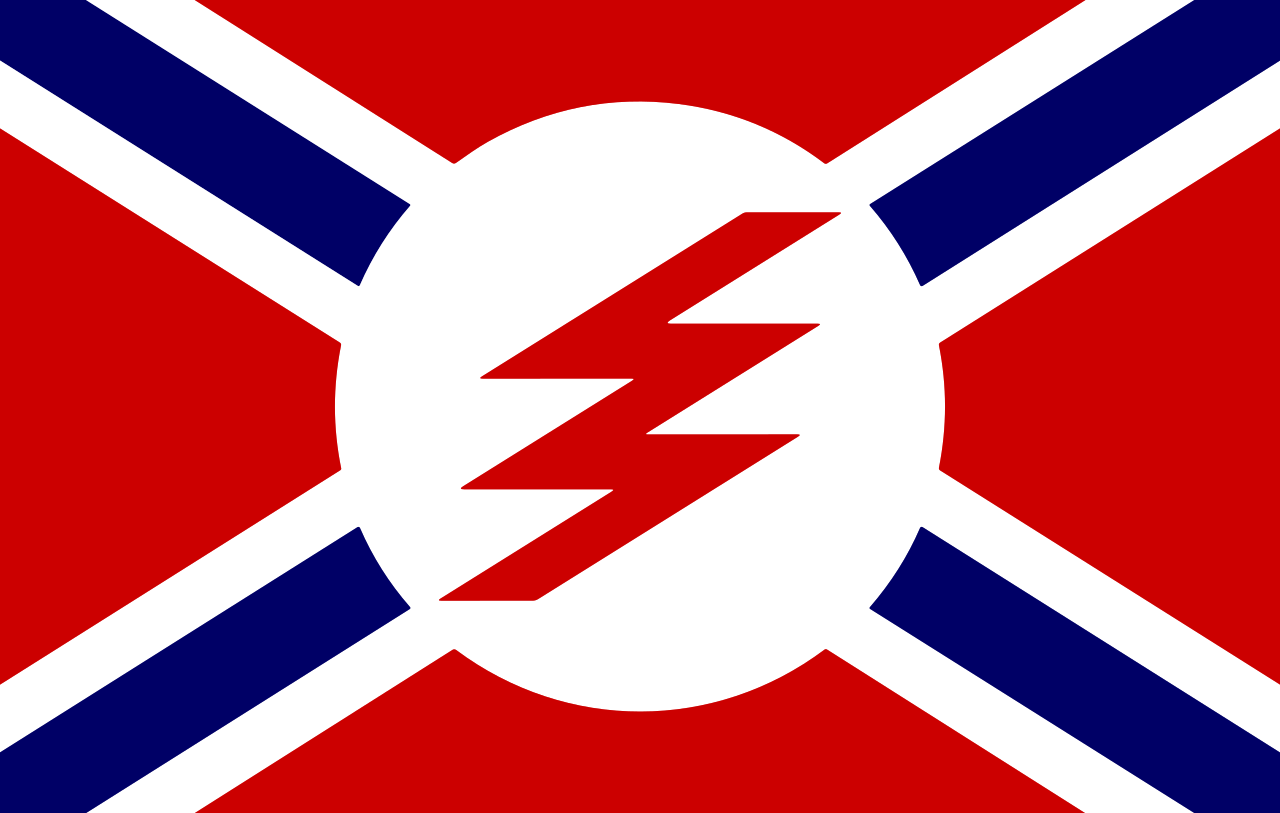Too tired to make my original idea work, so have another one I cooked up! In my Power Without Knowledge verse, City on a Hill! holds pride of place as the first true work of Antarctic literature, published in 2080 by an anonymous American exile under the pseudonym Fabian Palmer. Functionally similar to Reds!, the novel is a mix of prose and epistolary uchronia, describing a slightly different history of the 21st century that lessens the Shatter of the big three American parties and in the process leads to a stronger Commonwealth Party able to turn the coup against their 2060 electoral victory into a successful Cosmicist Revolution, eventually culminating in the birth of the United Commonwealths of Columbia. Here's the state of the Seventh Party System just before the final American election:
*In PWN proper the Commonwealth Party used teal, but the lack of a Shatter leaves purple on the table and creates more thematic resonance with the burgundy of the Cosmicist faction that will eventually become the dominant face of the party and the new regime.
- The Radical Reform Party was forged by Pat Buchanan during his second term, having fully purged the Nader and Perot wings from the Reform Party and absorbed large swathes of the Republican and Libertarian parties in the wake of an even less successful War on Terror. The party of right wing reaction and militant anticommunism, the party has occasionally held the Senate in the past forty years, but has never won the White House with the popular vote. The Radical color is gold and their symbol is an eagle. Major factions: neoconservative, Laroucheite, Objectivist. Paramilitary: Myrmidon Militia/Minutemen.
- The New Democratic Party is centrism made flesh, bolstered by "compassionate conservatives" cast off from the Republicans and Perotist Reformers. Demographic shifts and escalating climate change have delivered them a recurring slim if comfortable lock on the House and every time they've lost the White House but won the popular vote rest assured they're always magnanimous in defeat. The NDP retain Democratic blue but extended an olive branch to the reasonable Republicans and traded in the donkey for a tapir as a middle ground. Major factions: neoliberal, conservative, radical centrist. Paramilitary: PMCs (too lukewarm for motivated partisan street fighters).
- The Commonwealth Party* was organized around a core formed by the Citizens Party (itself having butterflied the Democratic Socialists of America and the Green Party), bolstered by an influx of progressive Democrats, Nader Reformers, and the Manifest Destiny! Party (after they managed to purge the white nationalists, black separatists, and ethnocacerists). The Commonwealthers are organized around the principles of neopopulism, bringing together an emphasis on syndicalism, intersectional social democracy, environmentalism and political devolution. Their color is purple and they use a bee as an electoral symbol. Major factions: neopopulist, Left Regressive, councilist, distributist, Cosmicist. Paramilitary: Bonus Army (Cosmicist-dominated).
*In PWN proper the Commonwealth Party used teal, but the lack of a Shatter leaves purple on the table and creates more thematic resonance with the burgundy of the Cosmicist faction that will eventually become the dominant face of the party and the new regime.
Last edited:



